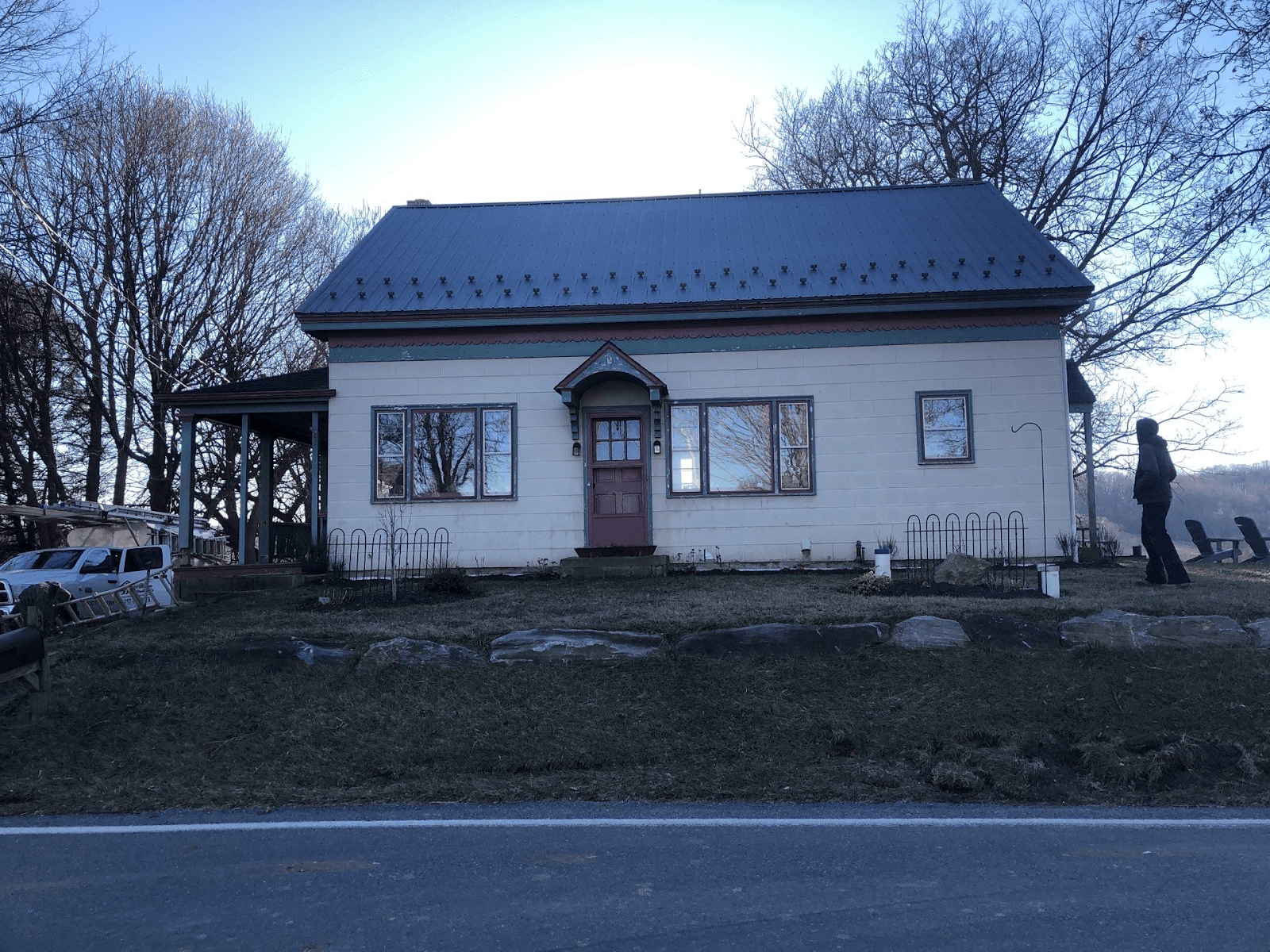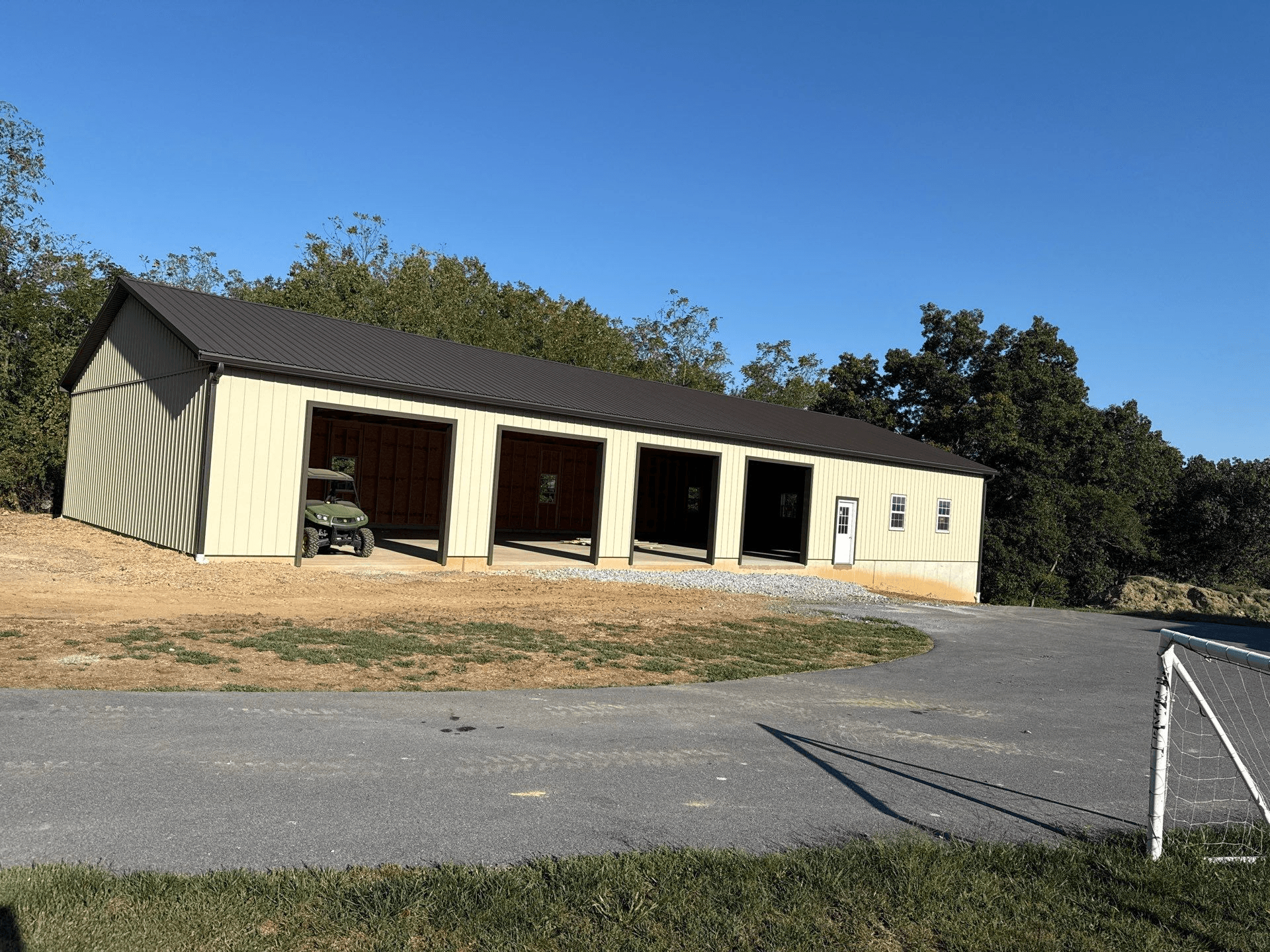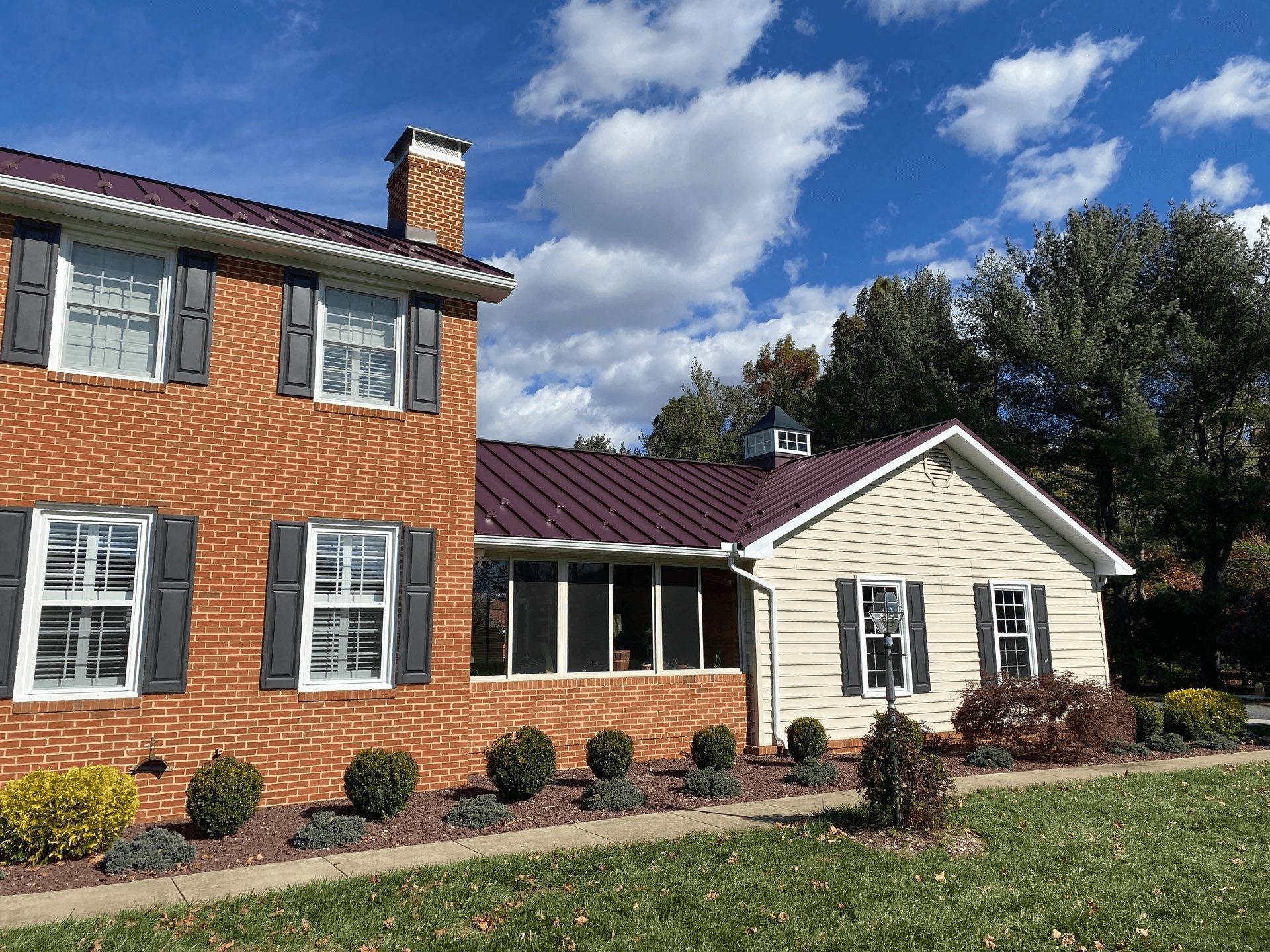
How Amish Craftsmanship Elevates Your Custom Building Project
What if every board, joint, and fastener in your project had a clear purpose and a patient hand behind it?
Table Of Contents
- What Amish Craftsmanship Means In Practice
- How This Approach Improves Structural Integrity
- A Design Process Built On Listening
- Where Amish Craftsmanship Shows The Biggest Differences
- Budget And Timeline Without Surprises
- Barndominiums, Barns, And Everyday Structures
- How Clients Feel The Difference Over Time
- Final Word
- FAQs
We build in a way that respects time and materials. When clients ask what sets Amish craftsmanship apart, we point to the details you can see and the ones you only feel once you live with the structure. This approach is not about nostalgia. It is about decisions that create strength, longevity, and comfort without noise or gimmicks.
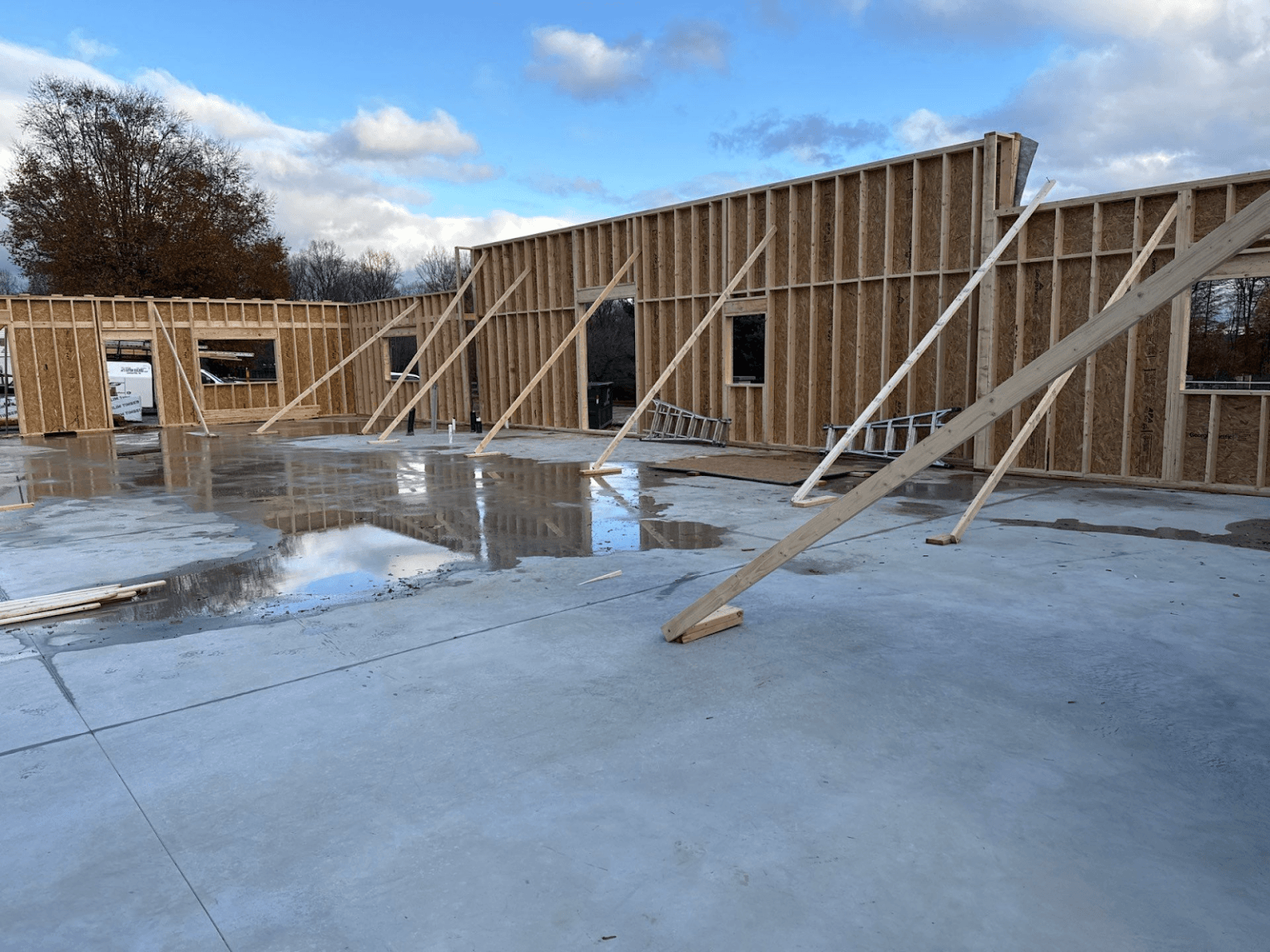
What Amish Craftsmanship Means In Practice
Amish craftsmanship is a working method rooted in discipline, repetition, and pride in the finished result. We keep job sites tidy, measure twice, and assemble to last. The process encourages focus rather than speed for its own sake. That mindset shapes everything from the wall layout to the final sweep of the floor before you turn the key.
We also lean on simple, proven joinery and fastening patterns that do not rely on shortcuts. Framing lines stay straight. Loads have clear paths to the ground. Trim meets cleanly at the corners. When someone walks a finished building and says it feels solid underfoot, that is not an accident. It is the outcome of habits at the saw, the bench, and the site.
If you are comparing builders, you may see promises of quick turnarounds or the latest trend. We prefer to show square corners, tight reveals, and a structure that does not creak when the weather shifts. That is the difference clients feel first.
How This Approach Improves Structural Integrity
Every structure is only as strong as its weakest connection. We plan those connections with intention. Rafters bear on solid seats. Posts land on real footings. Sheathing ties walls into diaphragms that resist cracking when wind or snow tests the frame. Hardware and fasteners are chosen for the loads they will carry rather than the ones they might carry on paper. That discipline keeps roofs quiet in a storm and doors true in their frames years later.
We also protect the envelope. Thoughtful flashing at penetrations and transitions keeps water out. Proper ventilation lets assemblies dry. Sill details isolate wood from rising moisture. When you get these basics right, you reduce callbacks and extend the life of finishes and systems throughout the building.
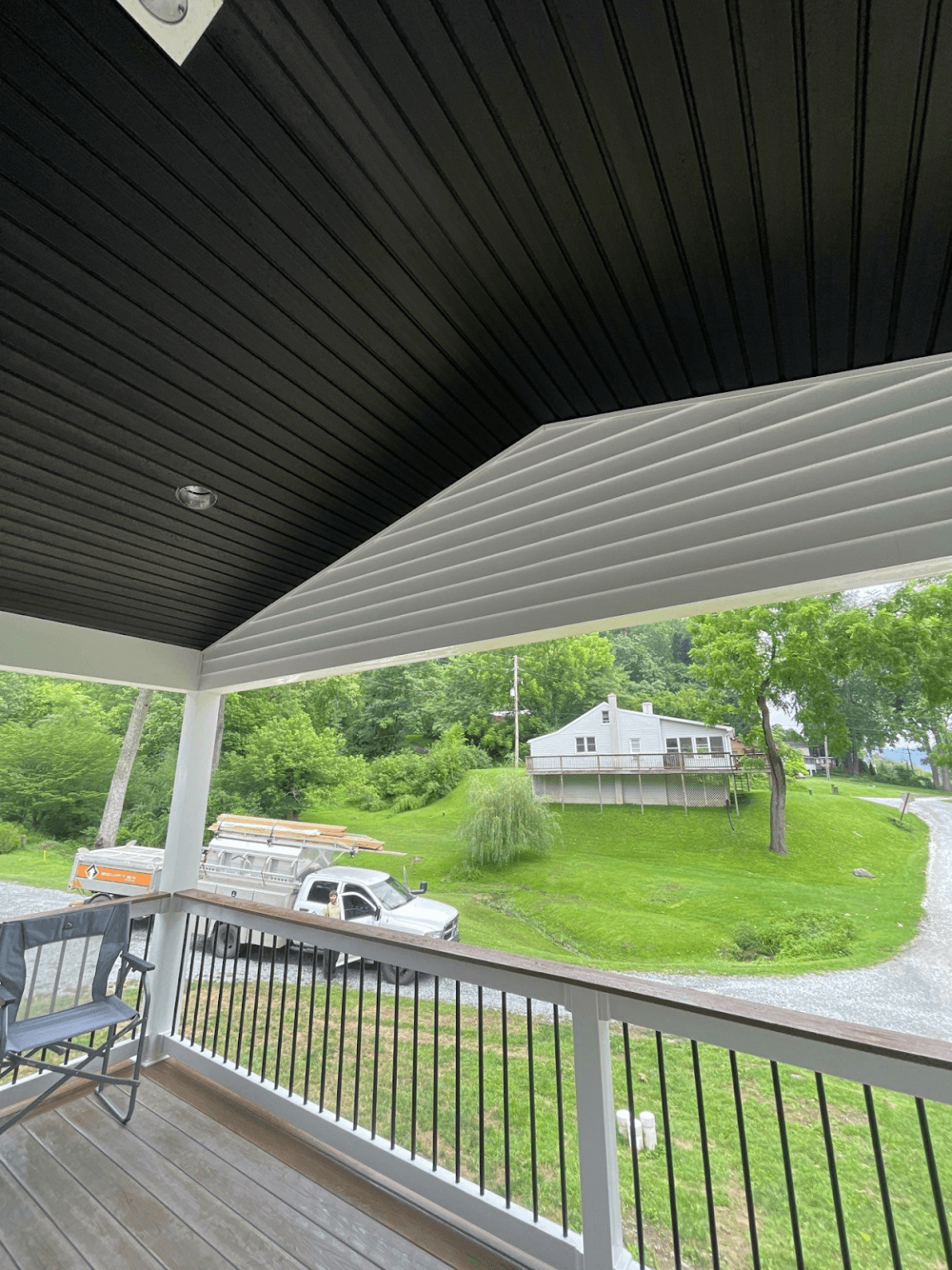
Good materials deserve good handling. We source lumber with straight grain and store it flat so it does not twist before install. We select sheathings, wraps, and membranes that match the project climate and use case. On the exterior, we prefer siding and roofing systems that marry durability with serviceability, so a future repair does not force a full replacement.
Clients sometimes ask whether premium materials are worth the difference. We give two answers. If you plan to own the building for a long time, durability offers the best value. If you plan to sell, crisp detailing and robust assemblies still pay off because buyers notice quiet doors, clean trim, and a roof that looks fresh even after heavy weather.
A Design Process Built On Listening
We design with a pencil in hand and your use of the space in mind. We ask how you plan to move through a room, where equipment needs clearance, which doors see daily traffic, and where light matters most. Then we shape spans, openings, and storage around those rhythms.
You will notice we rarely pitch one-size-fits-all plans. Instead, we sketch, revise, and mark up the details that actually affect your days. Window heights that respect views from a workbench. Door swings that clear a mower handle. Hose bibs where you will reach them without a second thought. This is how a building starts to feel like it was made for you rather than fitted to you.
When projects involve horses and hay or wash stalls and tack rooms, that same listening turns into clear layouts, good drainage, and comfortable ventilation.

Where Amish Craftsmanship Shows The Biggest Differences
You can see the craft in four places that matter to clients
- Framing lines that stay true so finishes install cleanly and last
- Weather details that keep water out at roofs, windows, and doors
- Hardware choices that match loads rather than guess at them
- Trim and interior finishes that meet neatly with no gaps to fill later
Those four points reduce maintenance, quiet the building, and protect value at resale. They also make living or working in the space more pleasant every day.
Budget And Timeline Without Surprises
We believe a straight plan beats a fast promise. We price scopes by what it takes to do the job correctly the first time. That means allowances with real numbers behind them and schedules that account for lead times and inspection windows. When clients set a budget target, we offer clear tradeoffs such as simpler rooflines or fewer specialty windows rather than trimming structure or protection.
Do we finish quickly when needed? Yes, but not at the expense of the bones. A day saved on paper that costs years of headaches is not a win. Clients tend to agree once they see how a steady pace preserves quality and avoids rework.

Our team works comfortably with modern systems and codes while holding to the craft that defines us. We coordinate with engineers, inspectors, and utility providers. We set up service spaces for mechanicals so techs can reach what they need. We preplan chases for future wiring and add backing where wall storage will grow over time. Tradition is not a barrier to smart technology. It is the foundation under it.
Clients often ask whether this balance works for contemporary styles as well as classic forms. The answer is yes. Clean reveals, careful proportions, and honest materials look right in both. What changes is the profile of a casing or the rhythm of a façade. The discipline remains the same.
Barndominiums, Barns, And Everyday Structures
Many clients come to us for versatile spaces that work hard. Barndominiums, pole barns, garages, and workshops benefit from the same careful planning you see in custom homes. Clear spans, durable floors, straight walls, and sensible storage make these buildings a joy to use. If you are exploring a full project and want a broad look at how we work, the main site for JJ Builders shows our scope and regional footprint along with examples of recent work.
Do these spaces still feel personal? Absolutely. A work room can still feel warm. A barn can still balance airflow with a quiet interior. A garage can still welcome light while protecting tools and vehicles. The difference sits in measured choices rather than expensive flourishes.
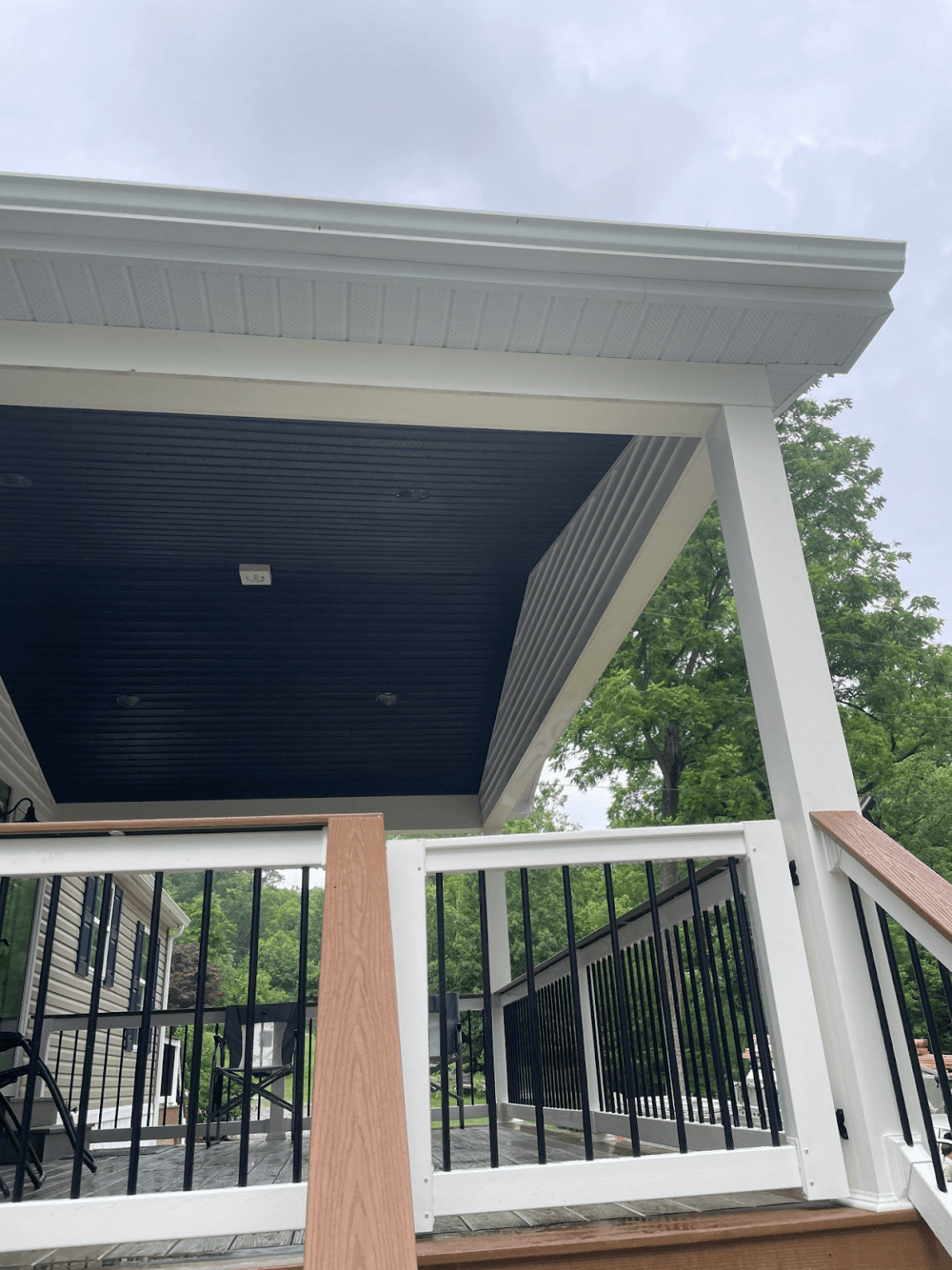
How Clients Feel The Difference Over Time
Craft becomes most obvious not on day one but on day one thousand. Doors still swing smoothly. The roof holds quiet in a storm. Fascia stays straight. Inside corners do not open as seasons change. The slab does not telegraph cracks from poor prep. These are the quiet signals of a well built project. They rarely show up in glossy photos yet they define the daily experience.
If you plan to sell later, the market notices these signals. Inspectors write shorter reports. Buyers see plumb walls and solid stairs. Appraisers note the condition of the envelope and systems. Good craft earns trust in ways that marketing cannot.
Final Word
We believe the best buildings feel quiet and sure. They do their job without demanding attention. Amish craftsmanship helps us deliver that feeling across homes, barns, and work spaces. Care in the layout. Care in the joints. Care in how water moves and how air flows. Care in small trim decisions that most people will never name but will always notice.
If you want a structure that will stand straight and age well, choose a process that respects the basics. That is where lasting value starts. That is how a custom building project becomes a daily pleasure and not a constant list of fixes.
FAQs
What makes Amish craftsmanship different for structural work?
We focus on correct load paths, sturdy connections, and proven moisture details. That keeps frames stiff and envelopes dry which extends the life of everything you see and everything you do not see.
Can this approach fit a modern design with clean lines?
Yes. The discipline that keeps joints tight and walls true works in both contemporary and classic forms. We adjust profiles and proportions to suit the style while holding to the same quality bar.
How does this method affect project timelines?
We schedule for quality and clarity. That means realistic lead times, steady pacing, and fewer callbacks. The total timeline often matches other builders because rework does not eat days at the end.
Where can I read more about specific scopes?
For roofing details and options you can start with our page on roofing methods and materials. For equine spaces our guide on crafting horse barns that work hard and look right shows common layouts and protections. For a broader view of our work the JJ Builders homepage covers regions and examples.
Is this approach only for large custom homes?
No. The same craft improves barns, workshops, garages, and small additions. It shows up in simple ways like doors that stay true and roofs that stay quiet which matter in buildings of any size.
JJ Builders, Amish Craft, Built To Last
→ Elevate your custom build with true Amish precision and clean detailing
→ Choose materials and methods that deliver strength, comfort, and quiet performance
→ Rely on a steady process that finishes on time with no shortcuts
Start your custom project with JJ Builders and feel the difference in every joint and seam →
★★★★★ Rated 4.9 by 93+ property owners for reliable, high-quality work
Related articles
Common Mistakes to Avoid When Building a Custom Home in Pennsylvania
Roof Replacement Vs Roof Repairs: How to Make the Right Call
Ready to start your next custom build?
Recent Posts
When it comes to designing your dream barndo, custom home, garage, or post-frame structure, one...
Metal roofing has become the top choice for Lancaster County homeowners and farmers. Traditional asphalt...
Why do property owners choose pole barns as their go-to construction option? Space constraints and...
The first step is a phone consultation.
If needed, we will meet with you in person as well!


Contact Us

Monday-Friday 8:00 am - 4:30 pm


